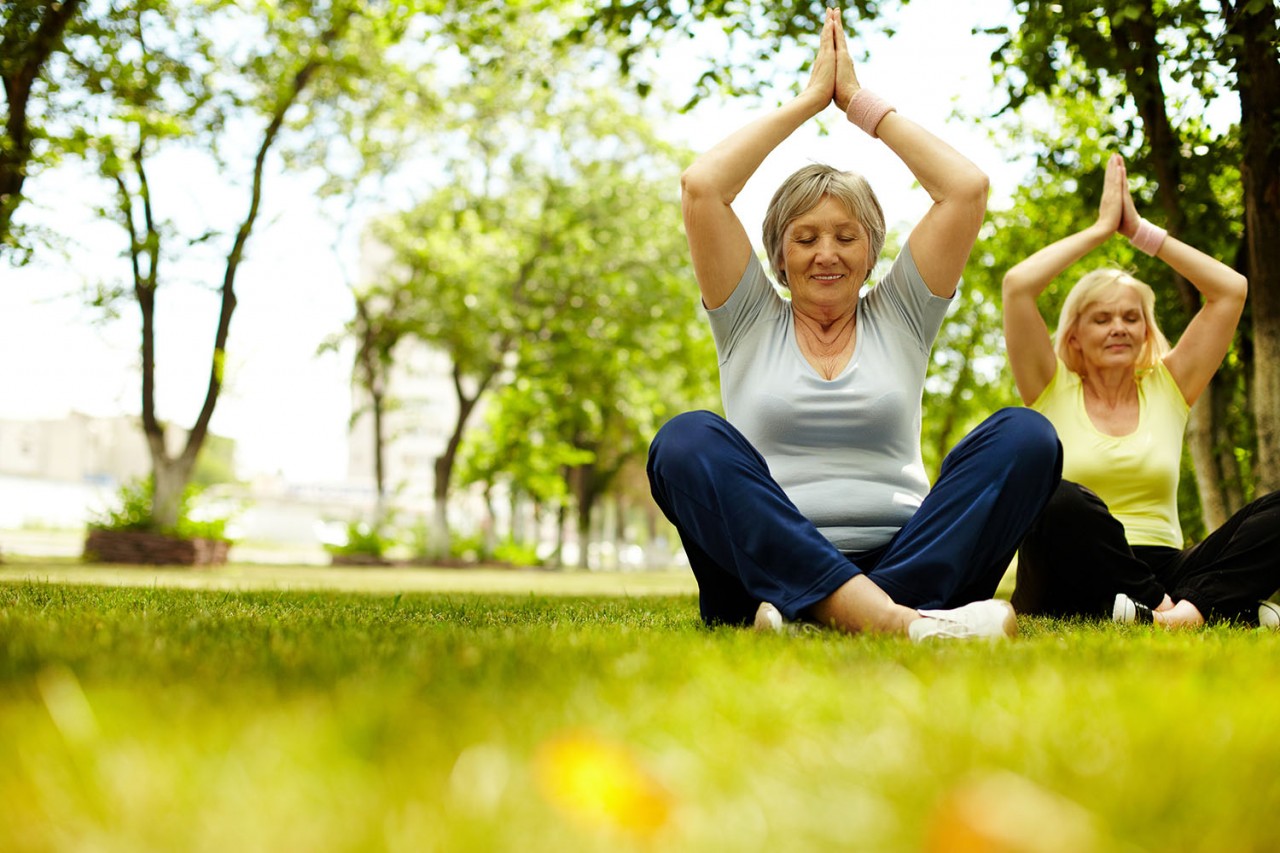Osteoporosis, Prevention & the Elderly

Bones are living tissues that are always changing. Our bones continue to grow and strengthen throughout our lives. A person achieves “peak bone mass” in their early 20s, this is when our bones are at their most dense.
During a process called remodeling, our bones are dissolving and growing new cells.This process continues as we age and is necessary to keep bones strong. But for people with osteoporosis, the loss of bone outpaces the growth of new bone cells. Osteoporosis literally means “porous bone”, and that is what is occurring: the bones are becoming porous and brittle. The loss of bone cells without adequate formation of new bone material causes them to become prone to fractures and breaks.
The International Osteoporosis Foundation reports that 1 in 3 women and 1 in five men over the age of 50 are at risk of an osteoporitic fracture. Every three seconds a person suffers a fracture that is the result of weakened bones from osteoporosis.
Osteoporosis Prevention with Nutrition
Our skeletons continue to grow throughout our teenage years. That is why peak bone mass is achieved in our early 20s: the skeleton has reached its maximum strength and size. Creating strong bones in our youth helps maintains these strong bones as we age. The higher the peak bone mass, the lower the risk of osteoporosis later in life.
Because bones are living tissue, growing strong healthy bones does start in childhood. Calcium really does do a body good, and adequate calcium, Vitamin D and an overall balanced, nutritious diet are necessary to build strong bones.
Malnutrition and being underweight are major risk factors for osteoporosis. Adequate protein intake is especially important. Too low body weight can impact bone growth in young people, making their peak bone mass lower and thus increasing their risk of osteoporosis later in life.
Vitamin D, or the sunshine vitamin, plays an important role in helping the body properly absorb calcium. Our bodies also rely on Vitamin D to help with renewal and mineralization of bone tissue.
Why Exercise Prevents Osteoporosis
Regular physical activity is another preventative tool to combat osteoporosis. Muscles and bones respond and become stronger when they are stressed. Exercises that are weight bearing or high impact create this stress by which muscles and bones get stronger.
For seniors, exercise will also help reduce falls by creating better balance and body awareness. Weight bearing exercises help maintain bone density and are especially important for post-menopausal women who have a higher rate of bone tissue loss after menopause. Maintaining good posture will also help reduce the risk of falls.
A fall for a person with low bone density can mean a fracture or bone break. Training for balance and muscle strengthening will help prevent falls, and will aid in rehabilitation if a fall or other injury does occur. Because muscle strength and bone strength are so closely related, exercise is a critical component of rehabilitation.
Living with Osteoporosis
For people who do have a diagnosis of osteoporosis, exercises to target gait, balance, posture and hip/trunk stabilization are recommended. Exercises done in supine (lying on your back) are not recommended, however side lying or prone (laying face down) do provide opportunities to strengthen the upper back muscles and stabilize the hips. Strengthening your core also gives you better balance, improved posture and stronger bones.
While osteoporosis cannot be reversed, a person can make lifestyle changes to help manage the disease. There are medications that can also help a person live a very active lifestyle, even with osteoporosis.
Heritage Health: Therapy & Senior Care
Learn about the skilled nursing care services and rehabilitative therapy options at the Heritage location closest to you. Visit our website for a map of our locations and make an appointment to find out how we can help you or a loved one.
